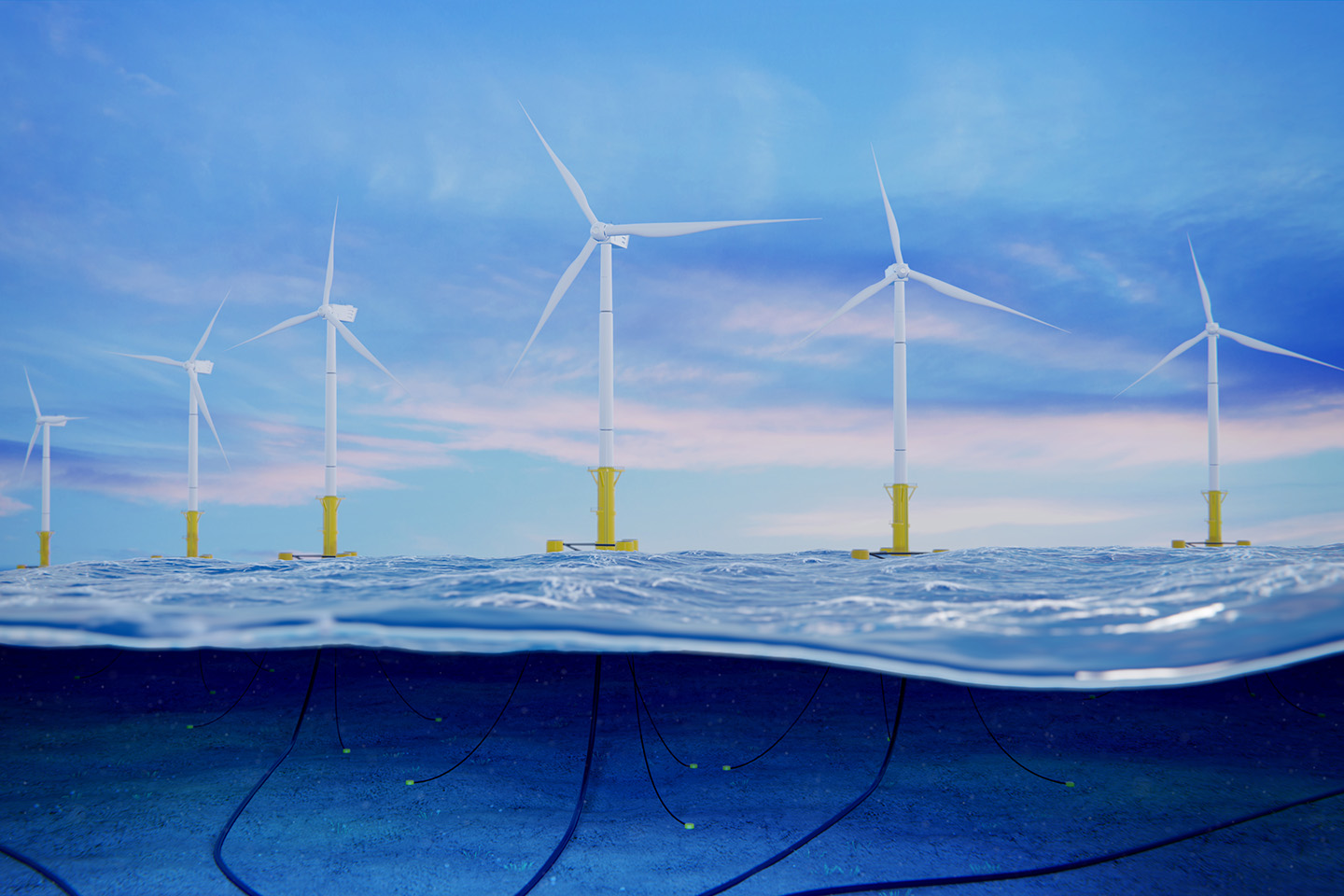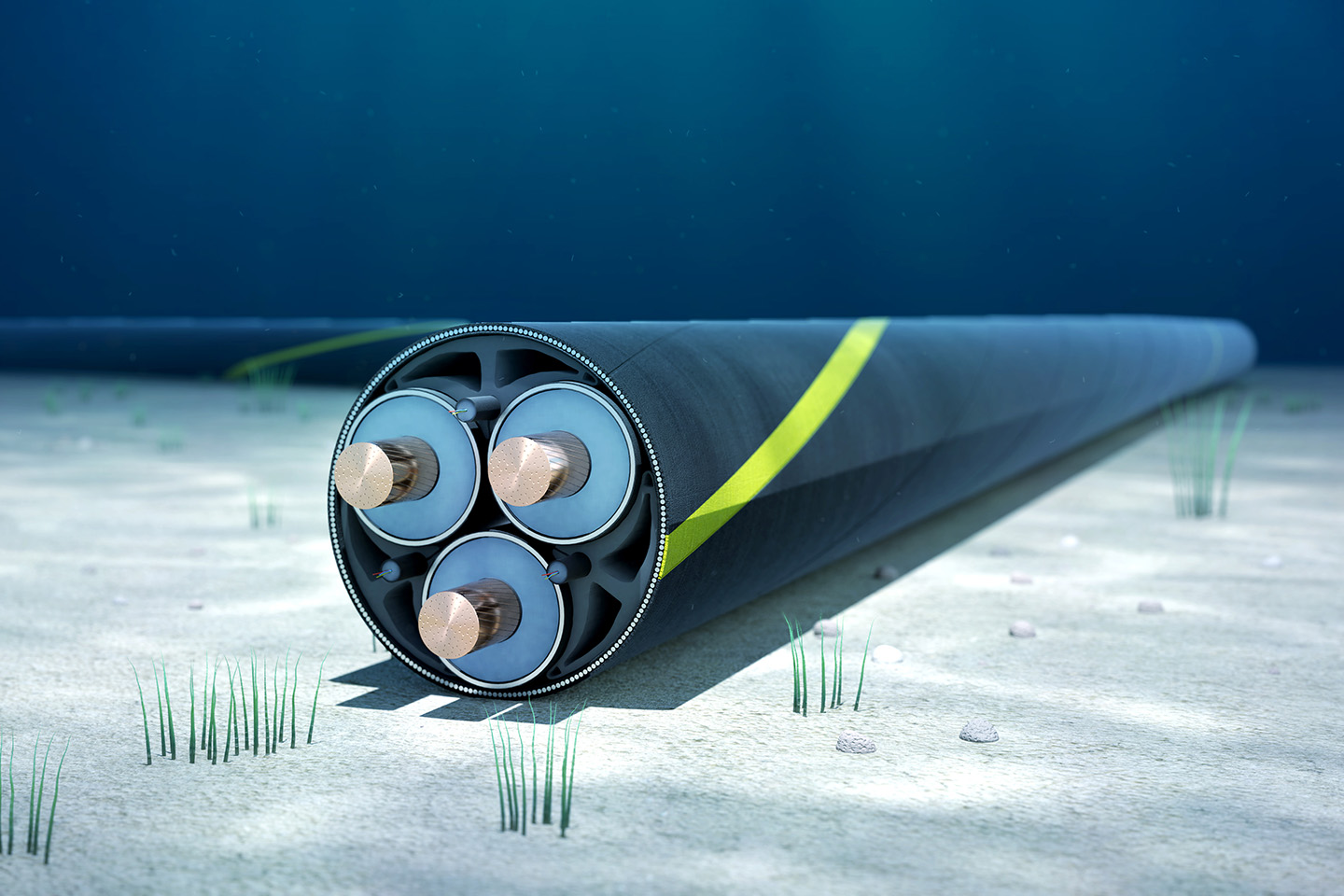Condition monitoring of underwater power cables
Subsea power cables are among the most risky components in offshore wind farms. Damage to the difficult-to-access cable systems is a burden on both the budget and operating costs of wind farm operators and their insurers. Insurance data shows, for example, that in recent years 70 to 80 percent of all payouts for offshore wind projects were spent on damage to cable systems.

